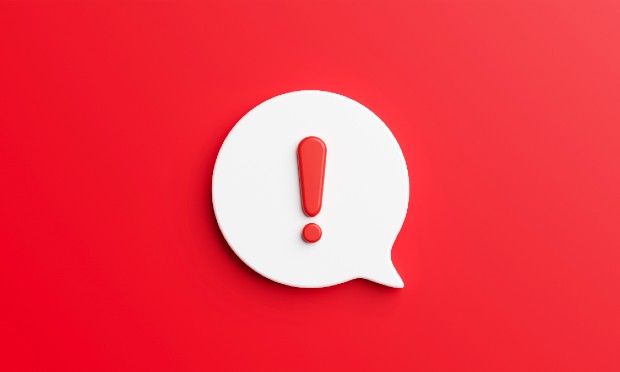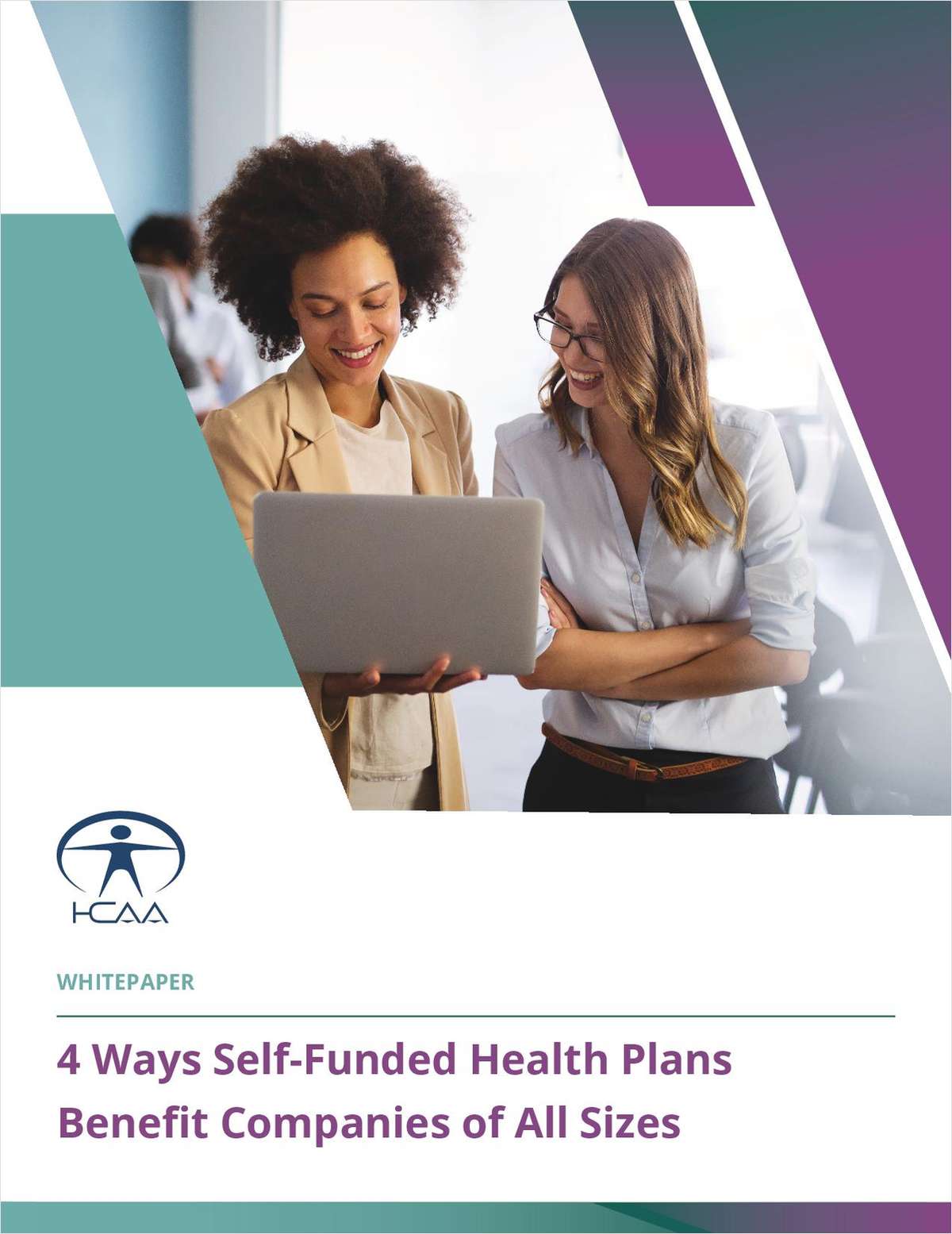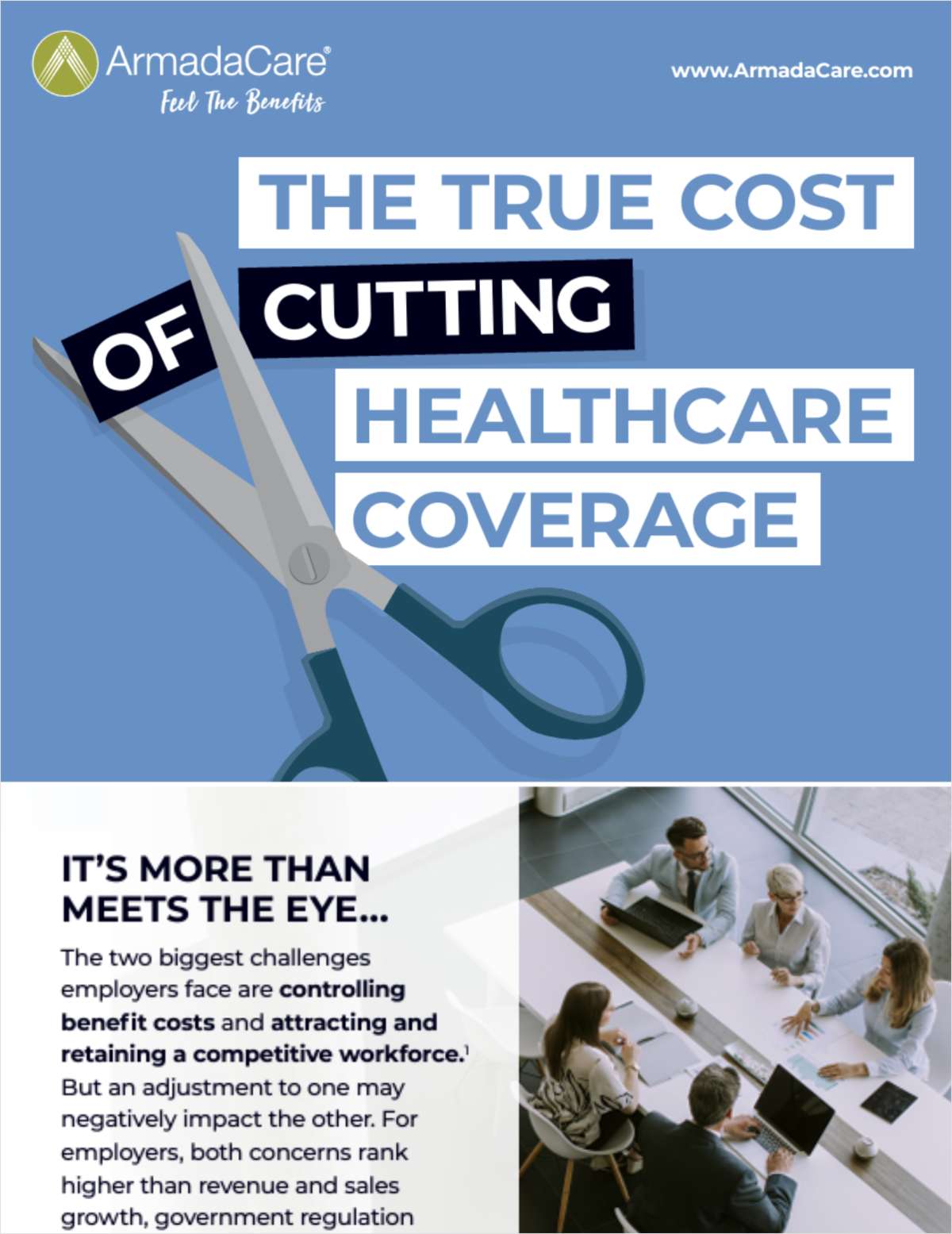Netflix, the fastest-growing entertainment company in America,owns no movies. Uber, the world's largest taxi company, owns nocars. Airbnb, the world's largest accommodations provider, owns nohomes or hotels.
But each is the most innovative and disruptive company in itsindustry because they own their marketplaces, they own theinterfaces, and they've made payment seamless. It's time forsimilar innovation in the employee benefits industry.
The state of play today
Continue Reading for Free
Register and gain access to:
- Breaking benefits news and analysis, on-site and via our newsletters and custom alerts
- Educational webcasts, white papers, and ebooks from industry thought leaders
- Critical converage of the property casualty insurance and financial advisory markets on our other ALM sites, PropertyCasualty360 and ThinkAdvisor
Already have an account? Sign In Now
© 2024 ALM Global, LLC, All Rights Reserved. Request academic re-use from www.copyright.com. All other uses, submit a request to [email protected]. For more information visit Asset & Logo Licensing.








